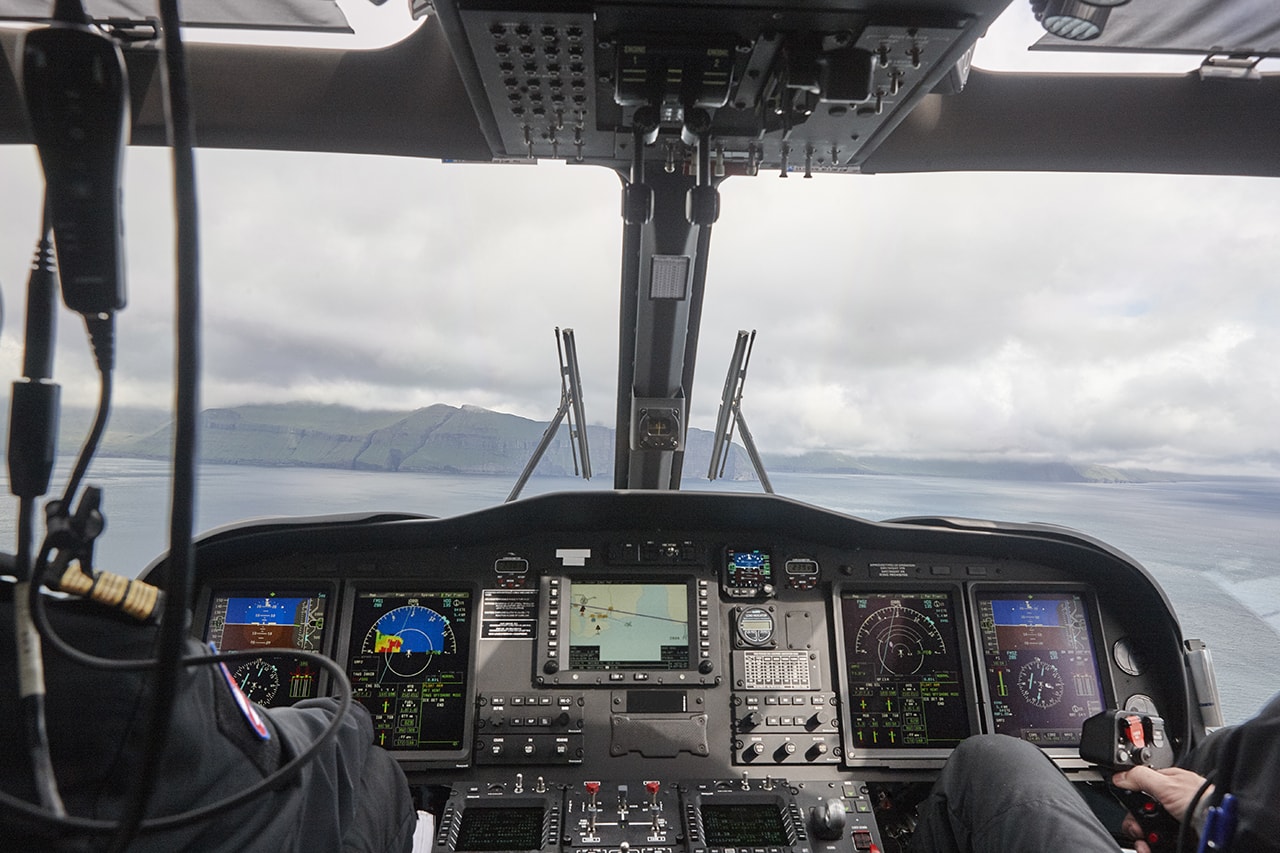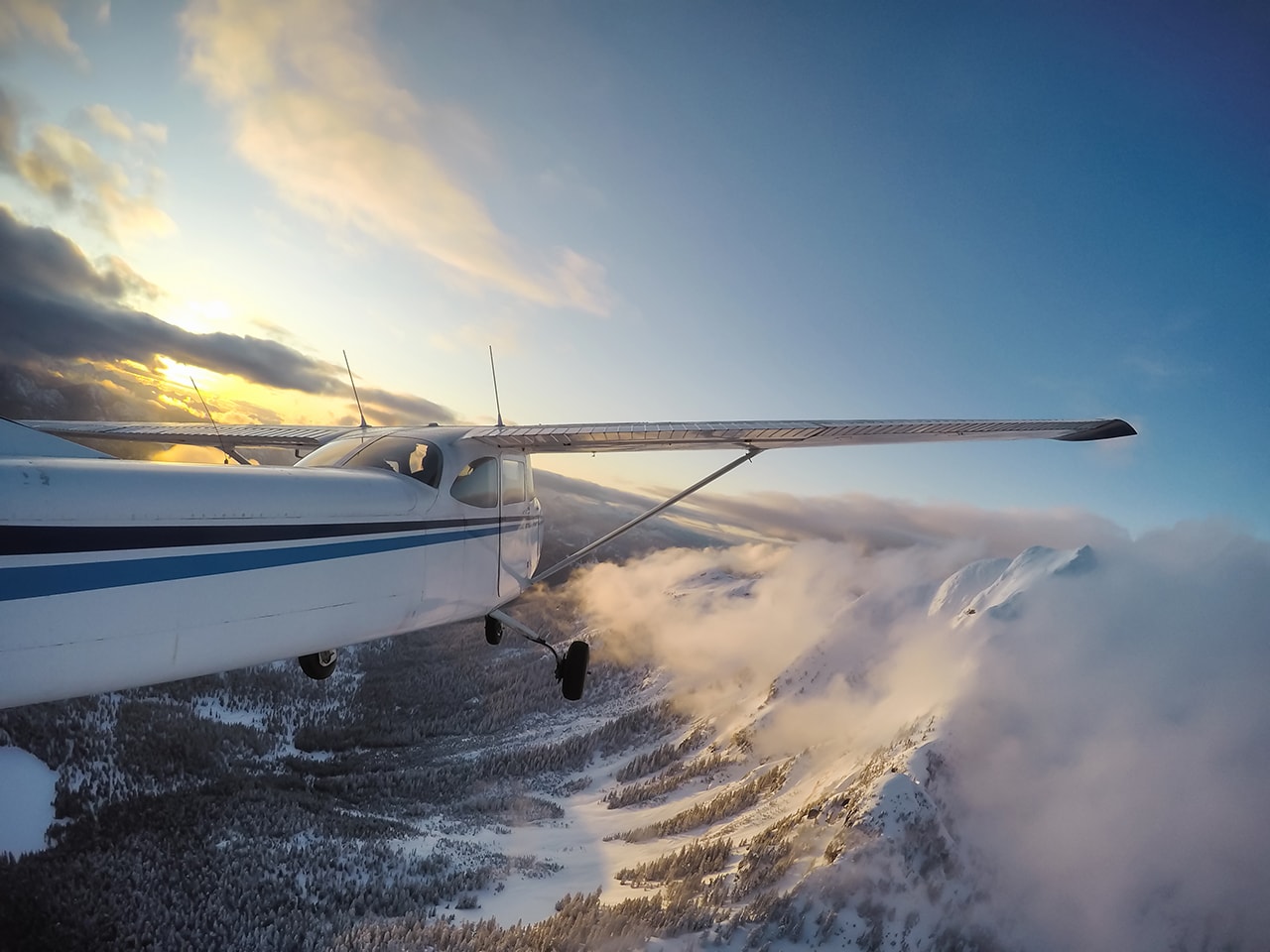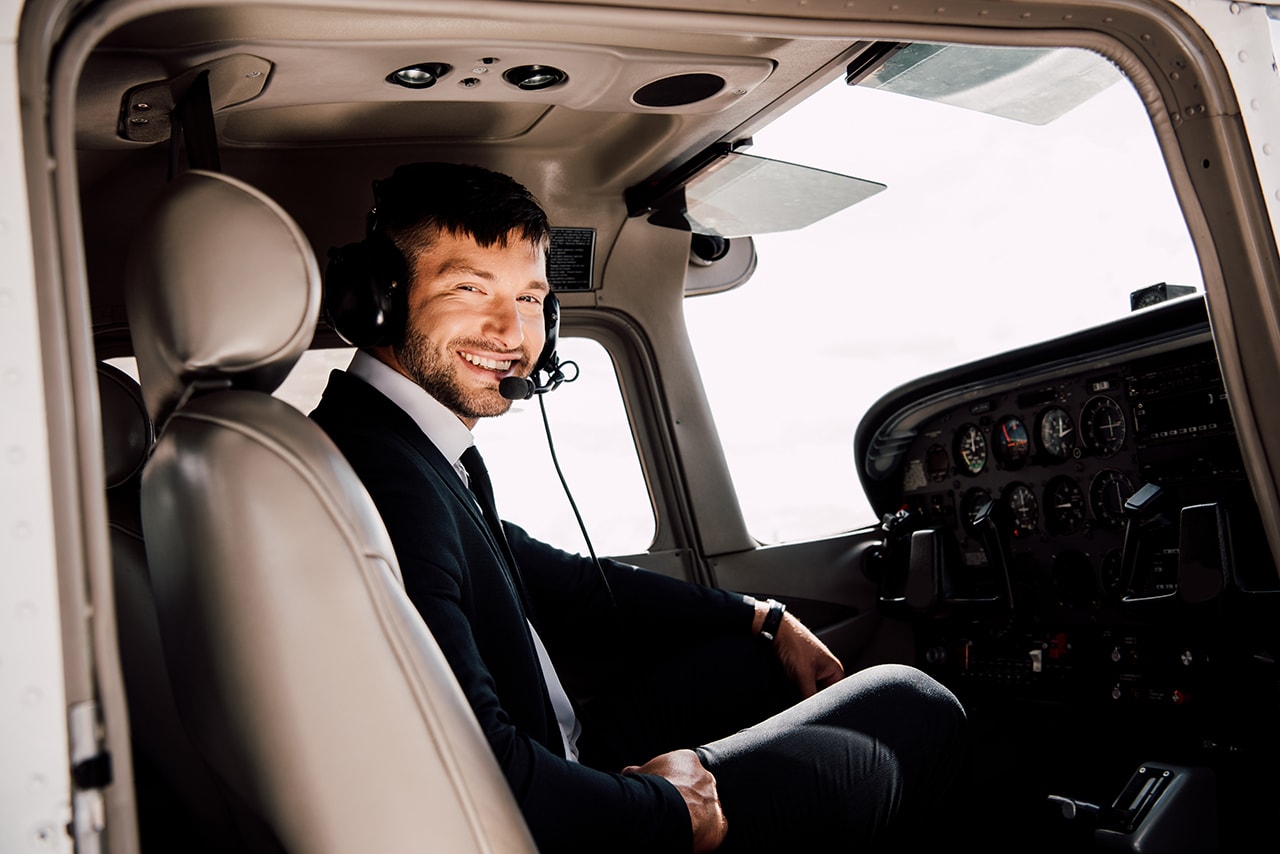Best Flight Lessons: Your Path to Becoming a Skilled Pilot
May 14, 2025
Are you interested in taking flight lessons and becoming a pilot? This guide will explain what flight lessons involve, who can take them, and how to get started. From the types of aircraft you’ll fly to the steps for scheduling your first lesson, we’ll cover everything you need to know about beginning your aviation journey.
Key Takeaways
-
No prior experience is needed to start flight lessons, making it accessible for beginners to explore aviation.
-
Flight training offers a variety of aircraft options, impacting the cost and experience, and discovery flights are available for new students to evaluate their preferences.
-
Flexible scheduling and financing options are available for training, allowing students to integrate lessons into their lifestyle and manage costs effectively.
No Prior Experience Needed

Even if you’ve never flown before, flight lessons are designed for beginners. During an introductory flight lesson you can get familiar and see if you want to become a pilot.
A certified flight instructor will be with you from the start to make you feel comfortable and secure during your first flight. These first lessons are the foundation to learn the basics of flying and help you decide if you want to become a pilot.
Getting started in flying is easy and requires no special skills or experience. After your first lesson with an experienced instructor, you’ll know what it takes to become a pilot and can decide if you want to continue your aviation education.
Flying lessons are accessible, exciting, and built to support beginners every step of the way.
Flying lessons are accessible, exciting, and built to support beginners every step of the way.
Types of Aircraft You Can Fly

The fun of flight training is in the many types of aircraft you can fly. With options ranging from tiny planes to helicopters, there’s something for every flying dream. If you want to fly a single engine plane or helicopter through the skies, many flight schools near local airports have an aircraft for you, with a big fleet to choose from.
When you’re in-flight training, the type of aircraft you choose will make a big difference. Consider these things.
-
Some people like the stability of small planes.
-
Others like the agility of helicopters.
-
And then there’s the cost – both the aircraft and location can impact the overall cost of your training program.
But whatever you choose, there’s nothing like that first flight – it’s etched in your memory forever.
If you’re unsure which type to start with, try what’s called discovery flights. Aspiring pilots like you can get into the world of flying even before committing to any particular program at many aviation schools – these introductory flights give you a taste of real aviation itself!
Scheduling Your Flight Lesson

Booking is easy and flexible. Most flight schools allow you to choose the dates and times that fit your schedule so you can fit training into your daily routine. Whether you like dawn flights or afternoon sessions there will be a time slot to suit you.
If you're looking for a more personalized experience, a private flying lesson offers focused one-on-one instruction that adapts to your pace and goals.
Make sure you confirm instructor and aircraft availability when you book so you can lock in the time that works for you. This level of flexibility means you can follow your passion for flying without sacrificing other parts of your life.
The Perfect Gift for Aviation Enthusiasts
Want to surprise an aviation enthusiast with a gift that’s truly unique? Flight lessons are the gift of excitement and memories of flying. These gift certificates are suitable for anyone at any level of experience, from beginners who want to learn about aviation to seasoned pilots who want to improve their skills.
Gifts of experiences are more meaningful than physical gifts, giving the recipient something personal and unforgettable. Intro flights at many flight schools across the country allow aspiring pilots to get a taste of what it’s like to be in the cockpit before they decide to take full lessons.
This is the perfect stepping stone into the world of flying and can ignite a lifelong passion for all things aviation.
Eligibility Requirements
Before you start your journey to becoming a pilot you need to understand the requirements. To be eligible you must be 16 years old to begin training and 17 years old before you take your first solo flight. You'll also nee to pass a medical examination by an FAA designated examiner to confirm overall health and fitness for flying before you solo.
There is no weight limit but you must be in good health. The medical examination is to verify you have the physical ability to fly and react to different situations.
Finding Flight Schools Near You

Choosing the right flight school is key to a successful aviation education. With so many flight schools in the US, finding one near you should be easy. Use Flight School Finder to find schools that match your aircraft or training needs and get a perfect fit for what you’re looking for.
Many of these schools offer online scheduling so you can book lessons at your convenience. Some schools may also be flexible with scheduling. With top notch instruction, current aircraft and a focus on safety, getting started on your aviation journey becomes much more achievable.
When choosing a flight school, be sure to consider factors like instructional quality, aircraft maintenance and overall reputation. Do your research and read reviews to make an informed decision on which school will deliver the best educational experience for you.
Comparing with other flight schools can also help ensure you’re getting the best value and training approach for your needs.
Hands-On Learning Experience

An introductory flight is the foundation course for beginners, combining ground school and flight time to give you a full learning experience. These first lessons are designed to get you hands on with the mechanics of flying under the supervision of a certified instructor.
In these lessons you get immediate feedback from your instructor which helps to reinforce new knowledge and build confidence.
By getting hands on with the cockpit controls and instruments at the academy you get to experience real flying conditions and understand what it means to be a pilot. The sense of community between fellow students and instructors helps to create an effective learning environment where you can absorb information and pass on skills to others.
Intro flights give you hands on control of the aircraft within the boundaries set by your instructor. This is what it feels like to fly an aircraft. Doing multiple sessions throughout the day can fast track your learning of the essential skills and carve out a path to becoming a pilot in the future.
Advanced Training Options
To reach your full potential in aviation, advancing your training is key. Programs for those going for a private pilot license or airline transport pilot certificate are designed to help you achieve that.
To be properly equipped, these programs often require certain flight hours and certifications. Choosing the best training programs ensures you gain the skills and knowledge needed to succeed in the aviation industry, from emergency procedures to type ratings for bigger aircraft.
Private Pilot Training

Becoming a private pilot is a big deal. To get to this point you need to get a Class 3 Medical certificate which has less stringent health requirements than other classes. Some conditions like uncontrolled diabetes and serious mental health issues will prevent you from getting your pilots license.
Private pilot training programs teach you the skills and knowledge to fly an aircraft safely and with confidence. These programs are a direct path to becoming proficient in flying so you can have personal and recreational flying once you get your private pilot certificate and license.
Airline Pilot Programs
To become an airline pilot you need to get a Class 1 Medical certificate which has the highest health standards and specific vision requirements. Commercial pilots need to get a Class 2 Medical certificate which has more stringent vision and hearing requirements than private pilots.
Structured training for airline pilots requires logged flight hours and specific certifications to be ready. One of the key steps in this process is earning your instrument rating, which prepares pilots to fly in low-visibility conditions and under instrument flight rules (IFR). The highest level is the Airline Transport Pilot (ATP) certificate which includes type rating training.
To become an airline pilot most need a multi engine rating which is 10-15 hours of training and a practical test. To get the required flight hours many work as flight instructors. The Airline Career Pilot Program by ATP helps aspiring pilots get to their goal of becoming a professional airline pilot.
Simulation and Ground School
Simulation is a big part of flight training as it helps with skill acquisition and situational awareness. Through simulators, students can practice flying maneuvers in a safe environment with no actual risk, so they can learn faster.
By simulating bad weather and system failures, simulators give pilots experience to face real life obstacles in the air. Instructors can give feedback during these simulations so students can see where they need to improve and continue their education in aviation.
Safety and Instructor Expertise
Safety is the number one priority in flight training, instructors teach both theory and practical to achieve it. Pilots are trained in emergency procedures to prepare for any situation that may arise during flight. By learning safety procedures pilots can identify and mitigate risks.
Top flight schools have high standards in safety and education. Students value instructors who are not only supportive but knowledgeable, committed to their students success. The experience of instructors provides the guidance that builds confidence while developing essential flight skills for future pilots.
Testimonials from Student Pilots
After their first solo flight, student pilots feel a sense of pride and happiness, it’s a big deal and fun. They say that tough instructors can be demanding but the knowledge gained from them goes beyond the rules.
In their recurrent training sessions, students share how they overcome their fears and uncertainties, showing the personal growth they got from flight training. The problem solving skills they learned in pilot training can be applied to many areas of life, it’s not just about flying an aircraft.
Cost and Payment Options
Financing options make flight training more accessible to more students. Many choose to finance their training so they can focus on lessons without full time work. Flight training loans are lines of credit that can be used at any school or program.
Financing options may include interest only for the first two years with guaranteed pricing once loan documents are signed. Minimum monthly payments for flight training programs can be $150 to $300 for a private pilots license.
Career Opportunities in Aviation

Aviation has many career paths from first officers to captains with fast track opportunities for advancement. With competitive salaries and great benefits packages flying is a great career option.
Pilots in this industry can live where they want which can accommodate many lifestyle preferences. From flying commercial aircraft to different roles in the industry there are many exciting opportunities for those interested in aviation careers.
